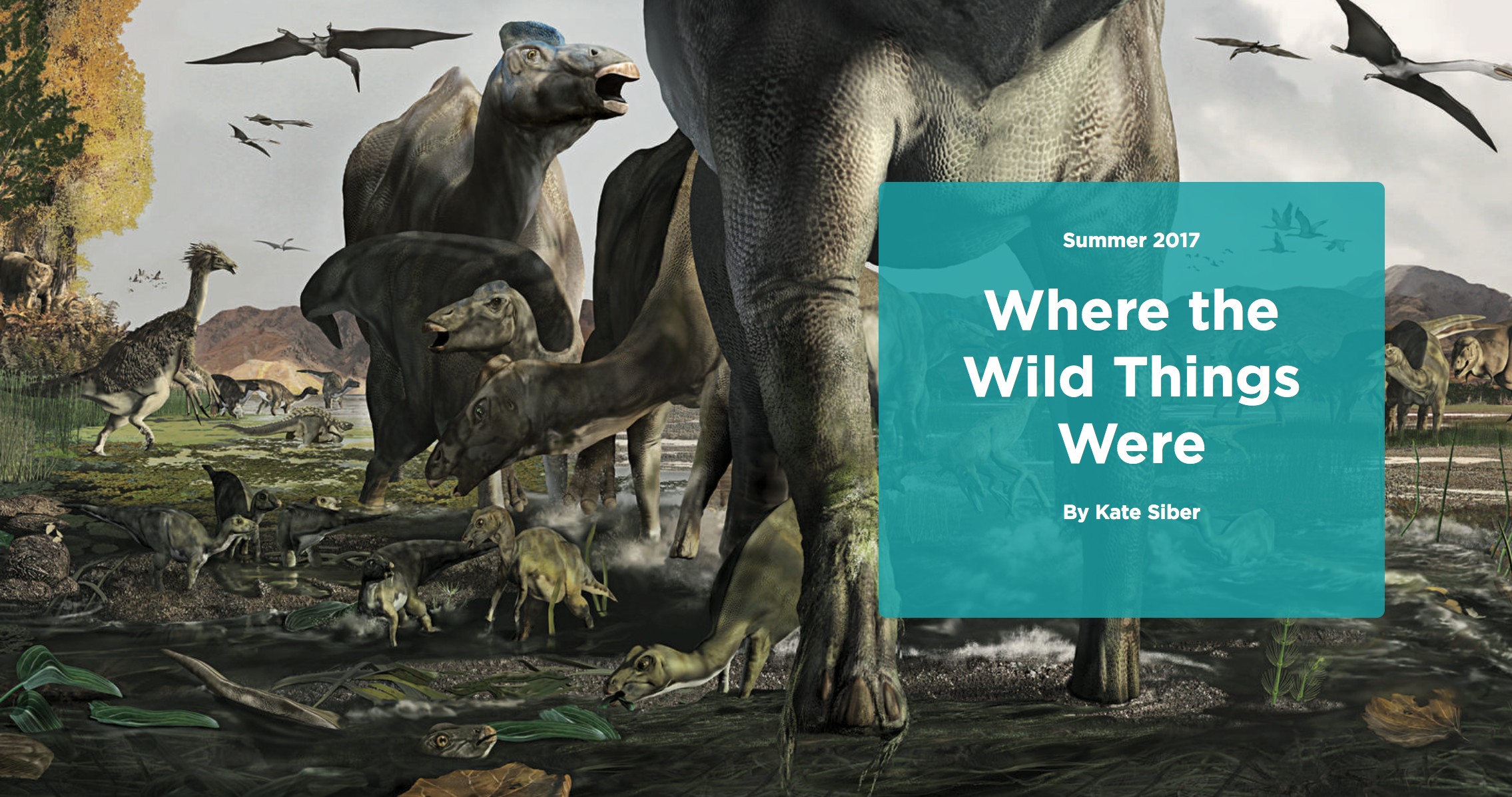
Where the Wild Things Were
Denali National Park conjures images of the eponymous peak, muscular rivers, expanses of tundra, grizzly bears, wolves, caribou…and dinosaurs?
Just 12 years ago, a precocious undergraduate on a field trip discovered the first known dinosaur track in Denali. Since then, researchers have identified hundreds of trackway sites with incredible details, including little holes drilled by prehistoric birds looking for seeds and markings from 70-million-year-old raindrops. Plant fossils are so well preserved that they even exhibit damage from tiny insects.
But for a long time, one thing eluded paleontologists: bones. It was the last holy grail…
I had a fantastic time tromping around Denali National Park with paleobotanist Cassi Knight in all manner of weather last fall. It certainly feels like you’re out in the middle of nowhere, but in terms of the field of paleontology, Alaska is central. Even beyond Denali, the state has incredible troves of dinosaur tracks and fossils. The discoveries are shedding light not only on the fascinating world of polar dinosaurs, but they’re calling into question old ideas. Like were dinosaurs really cold-blooded? If so, how did they survive at the poles? And did dinosaurs hibernate? Preliminary evidence suggests some did.
My story about the wild world of paleontological research in Denali, Where the Wild Things Were, was published in the summer issue of National Parks magazine. Check out the online version here.